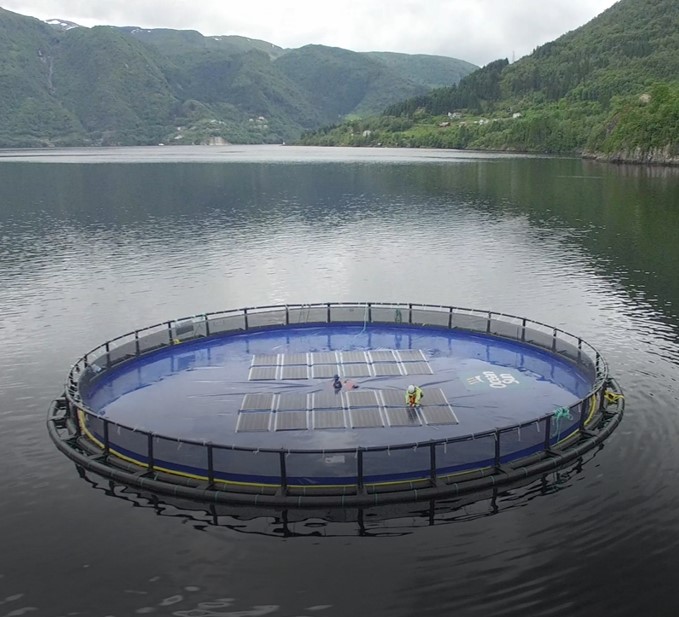Scientists at Norway's Institute for Energy Technology have tried to quantify the cooling effect provided by water in floating PV installations that are in direct contact with the water surface.
They developed a computational fluid dynamics (CFD) model to estimate U-values and used it on a 6 kW floating system deployed by Norwegian specialist Ocean Sun. The U-value is the rate of heat transfer through a structure.
Ocean Sun’s technology uses the cooling effect of water by providing thermal contact between the modules and the water surface.
“Thermal contact between module and water has a significant impact on the yield,” researcher Torunn Kjeldstad told pv magazine. “Lifting the modules away from the canvas and making them air-cooled in the same environment reduces the yield with 5-6%.”
The operating temperature of the modules in floating PV arrays deployed above the water surface without direct contact with the water will still mainly be determined by the mounting structure, which greatly affects the U-value. Wind and air temperature are also key factors.
By contrast, water temperature and water flow in Ocean Sun's floating PV installations are the most important factor for panel operating temperatures, as water has significantly higher thermal conductivity than air.
“The water would have a strong cooling effect even when it is warmer than air because of increased thermal conductivity with water,” Kjeldstad explained.
The researchers took measurements in a module string that was left in direct contact with water and by lifting another module string. They found that the water-cooled string had on average 5-6 % higher yield compared to the lifted string. But they also noted that the panels in thermal contact with water had a U-value of approximately 70-80 W/m2K.
“This is significantly higher than what has been shown for other floating PV technologies,” Kjeldstad said.
The researchers found that the difference in yield increased to more than 10% in periods with high irradiance. They also noted that it has been important to include water temperatures in their calculations.
This content is protected by copyright and may not be reused. If you want to cooperate with us and would like to reuse some of our content, please contact: editors@pv-magazine.com.




How do I subscribe to PV magazine
Hi Daniel, your request has been sent to our sales department. They will get back to you soon.